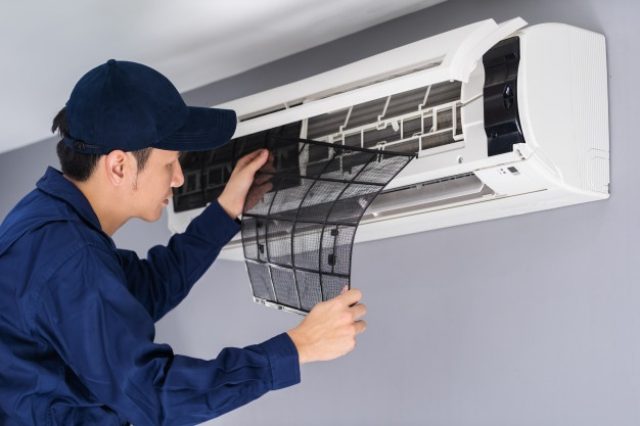Air Conditioning Repair Euless TX Whether you want to add a new remote to your existing opener system or install a wall-mounted control in another area of your garage or home, the process involves a few simple steps.

Here’s a detailed guide to help you add another button to your garage door opener:
1. Determine Compatibility:
- Before adding another button to your garage door opener, ensure that the new remote or wall control is compatible with your existing opener system.
- Check the manufacturer’s instructions or website to find compatible accessories or consult with a professional garage door technician for assistance.
2. Obtain the New Button Device:
- If you’re adding a new remote, purchase a compatible garage door opener remote from the same manufacturer as your existing opener system.
- If you’re installing a wall-mounted control, purchase a compatible wall control panel that matches your existing opener system and features the desired functions.
3. Prepare the Opener System:
- Before adding the new button device, make sure your garage door opener system is powered off to prevent any accidental activation.
- If you’re installing a new remote, remove the battery cover and insert the batteries according to the manufacturer’s instructions.
- If you’re installing a wall-mounted control, locate a suitable location on the wall near your existing opener system where you want to mount the control panel.
4. Program the New Button Device:
- Follow the manufacturer’s instructions to program the new remote or wall control to your garage door opener system.
- For a remote:
- Typically, this involves pressing a “learn” or “program” button on your existing opener system and then pressing the desired button on the new remote within a specified time frame.
- The opener system will recognize the new remote and synchronize it with the existing system.
- For a wall-mounted control:
- Follow the manufacturer’s instructions to connect the control panel to the opener system’s wiring.
- Once connected, power on the opener system and follow the programming instructions provided with the control panel to synchronize it with the opener system.
5. Test the New Button Device:
- After programming the new remote or wall control, test its functionality to ensure it operates the garage door opener correctly.
- If using a remote, stand within range of the opener system and press the new button to open or close the garage door.
- If using a wall-mounted control, press the button on the control panel to activate the garage door opener.
6. Mount the Wall Control (If Applicable):
- If you installed a wall-mounted control, use screws or adhesive provided with the control panel to securely mount it to the wall.
- Ensure the control panel is positioned at a comfortable height and within easy reach for convenient operation.
7. Secure and Safeguard:
- Once you’ve confirmed that the new button device is working correctly, securely close the battery cover on the remote (if applicable) and ensure the wall-mounted control panel is firmly mounted.
- Store any unused or old remotes in a safe place to prevent accidental activation or loss.
8. Consider Safety and Security:
- Keep in mind the importance of safety and security when adding additional buttons to your garage door opener system.
- Ensure that all users are familiar with the operation of the new button device and follow proper safety guidelines when operating the garage door.
- If you have concerns about security, consider using a rolling code technology remote or implementing additional security measures such as keypad entry or smartphone-controlled access.
Conclusion:
- Air Conditioning Repair Euless TX If you encounter any difficulties or have questions, consider consulting with a professional garage door technician for assistance.
Veterans AC & Heating
615 N Main St #155, Euless, TX 76039, United States
1-817-858-9301
https://maps.app.goo.gl/cWJMg6XZJTvqStuB8
